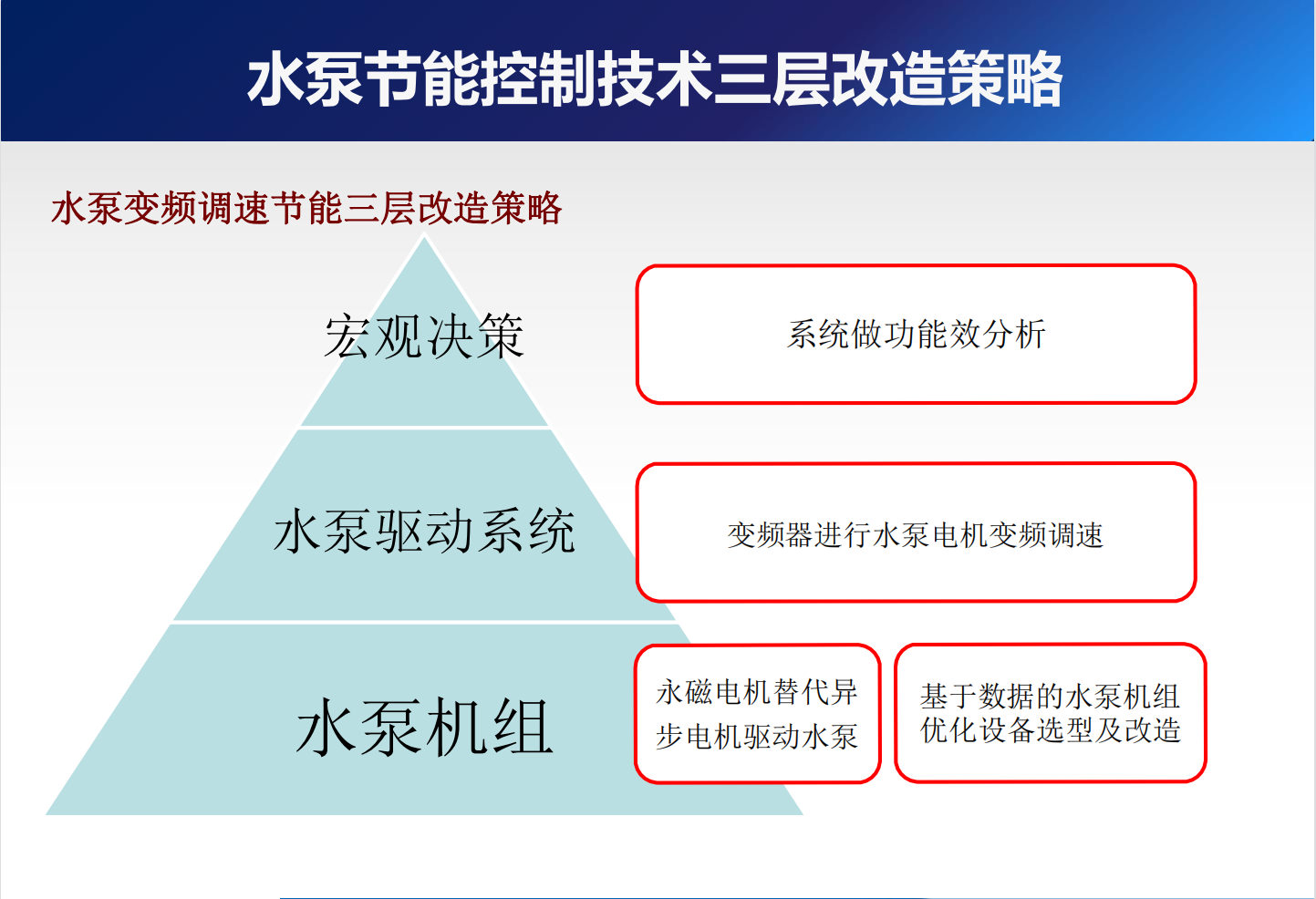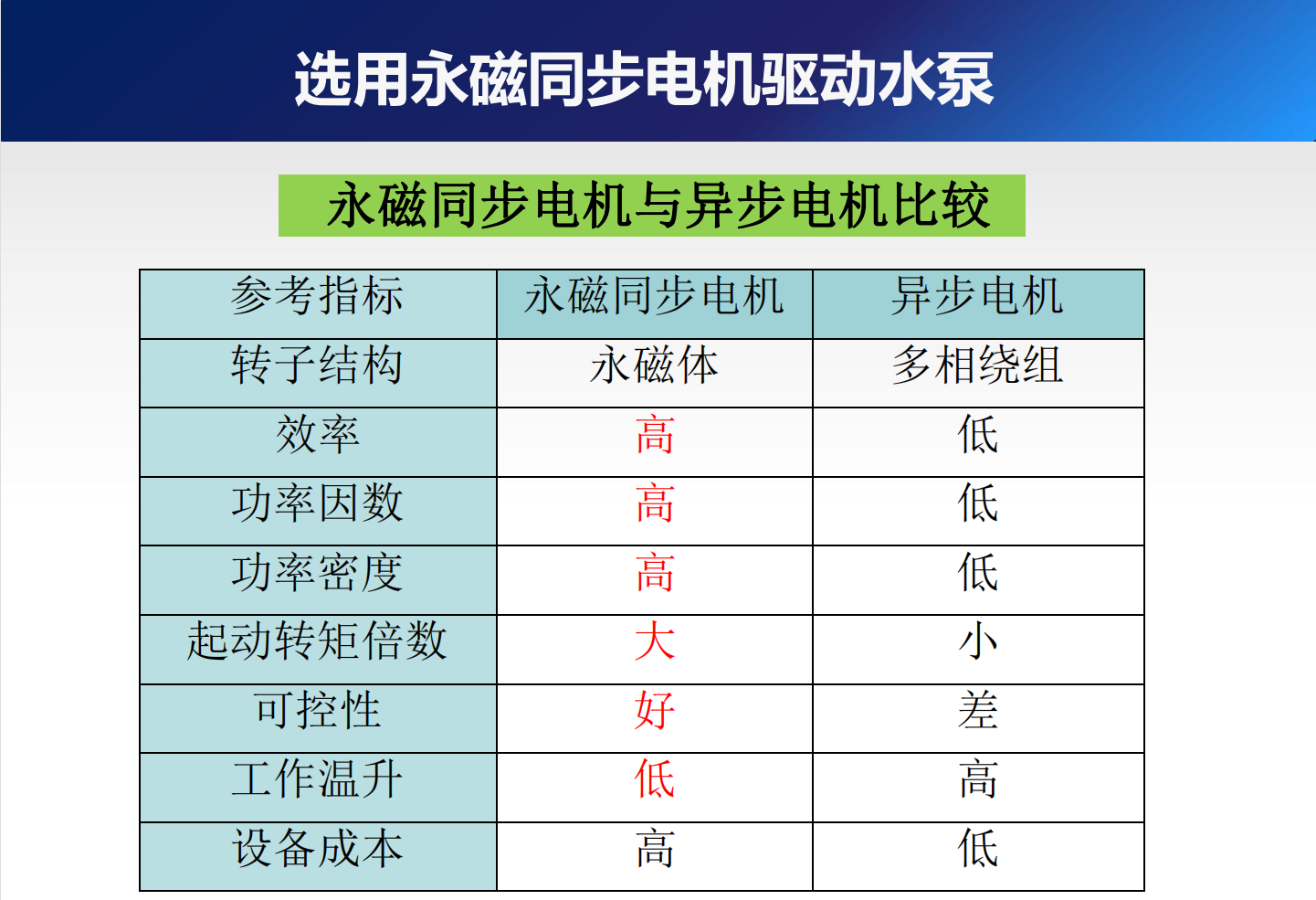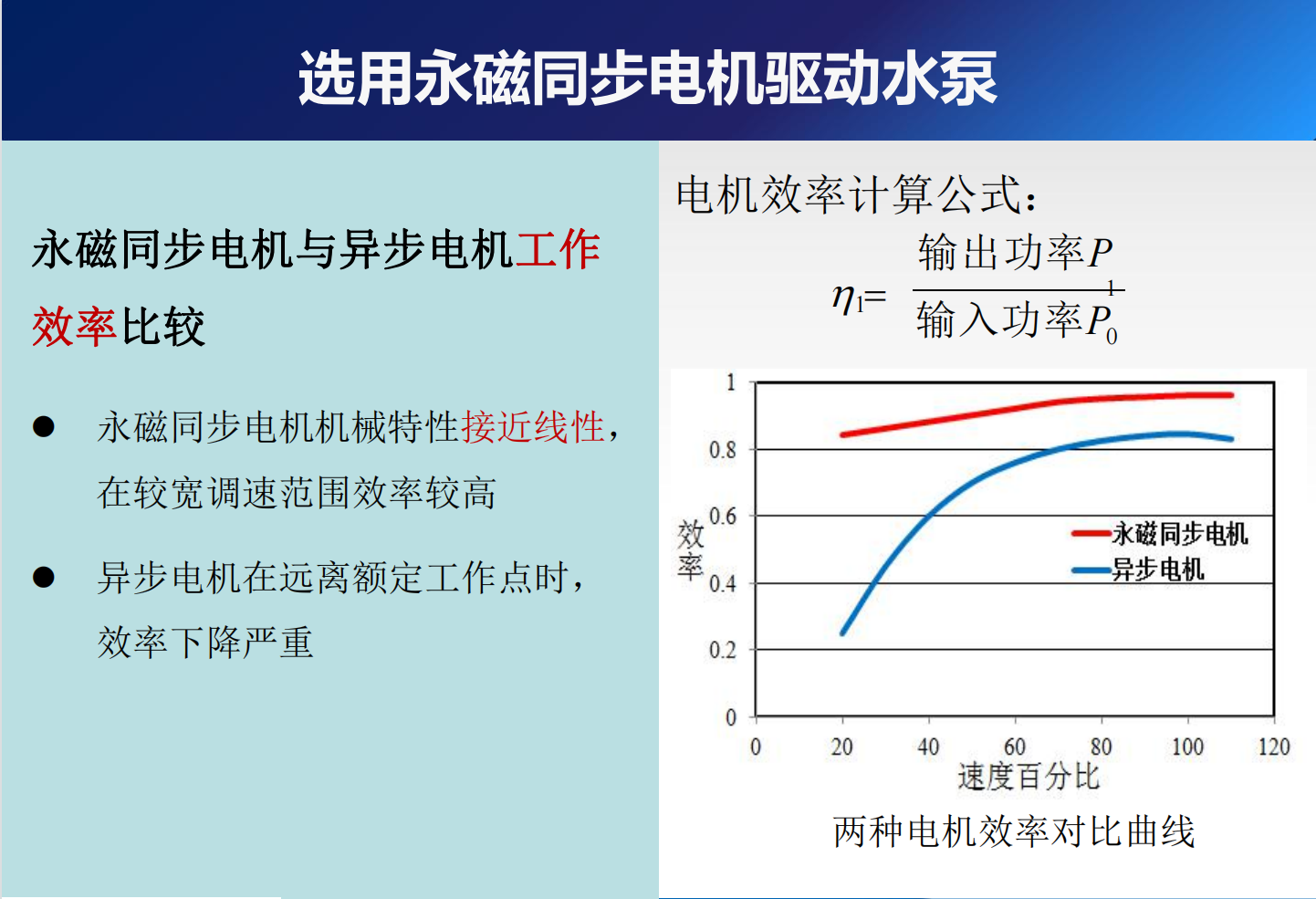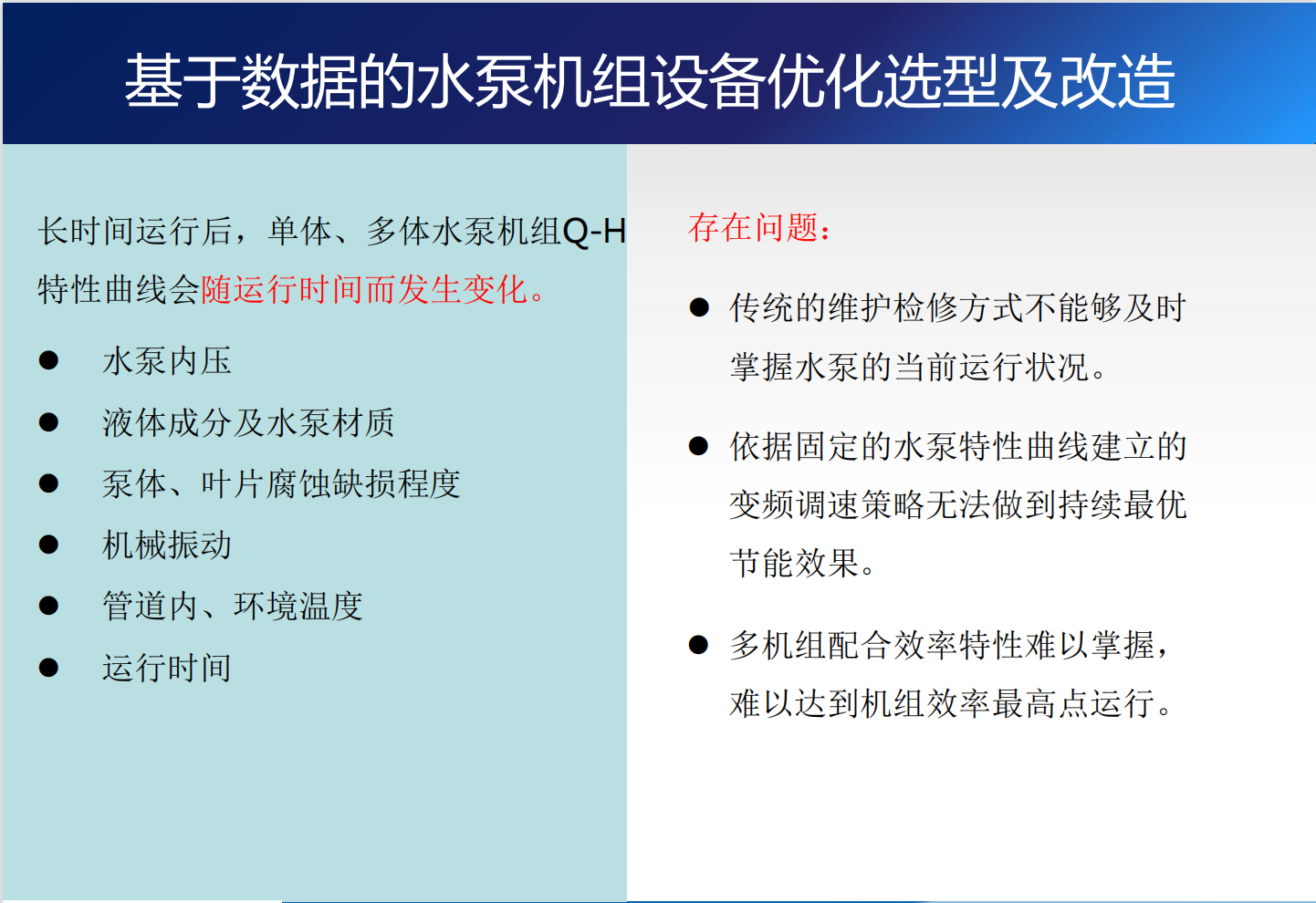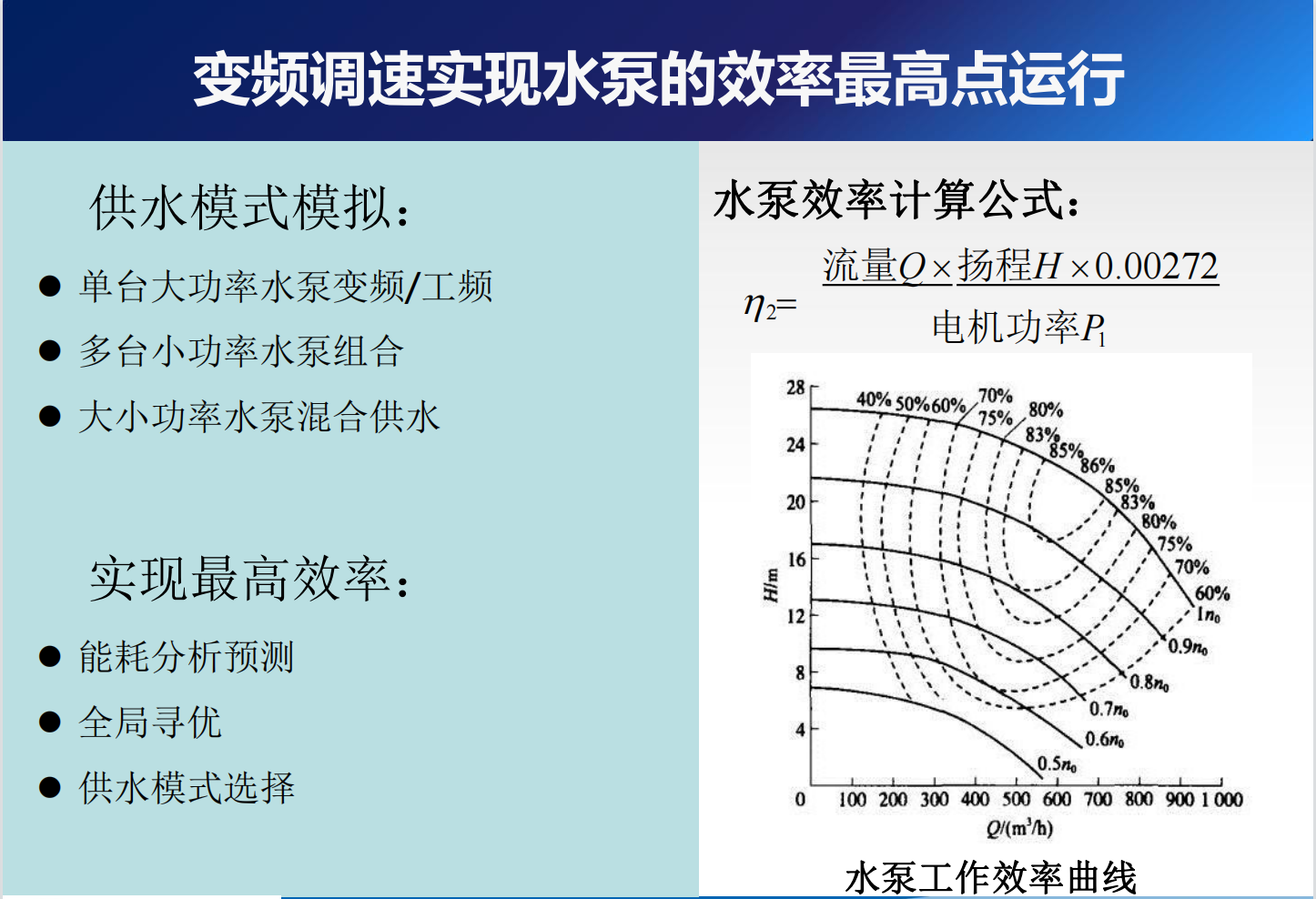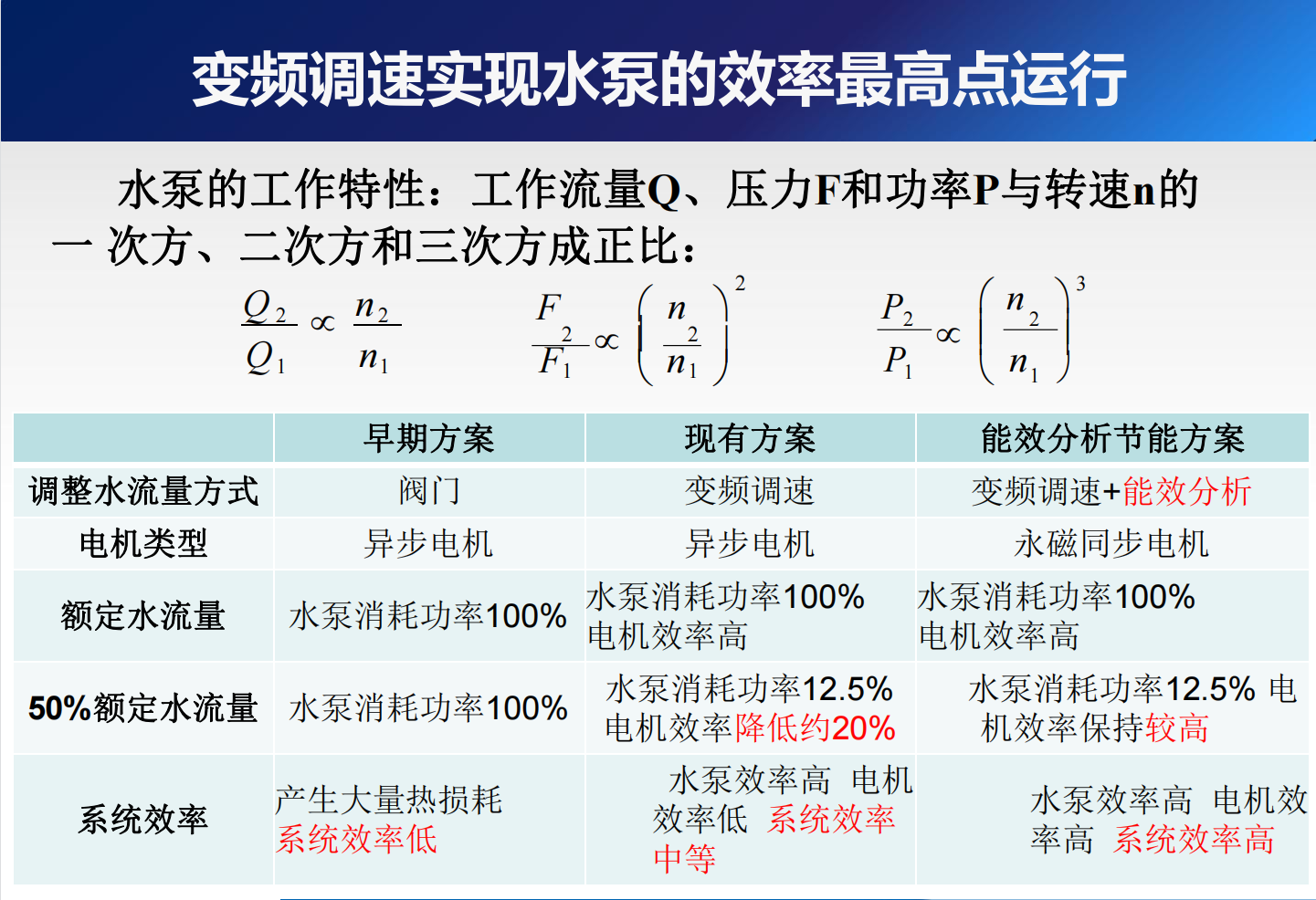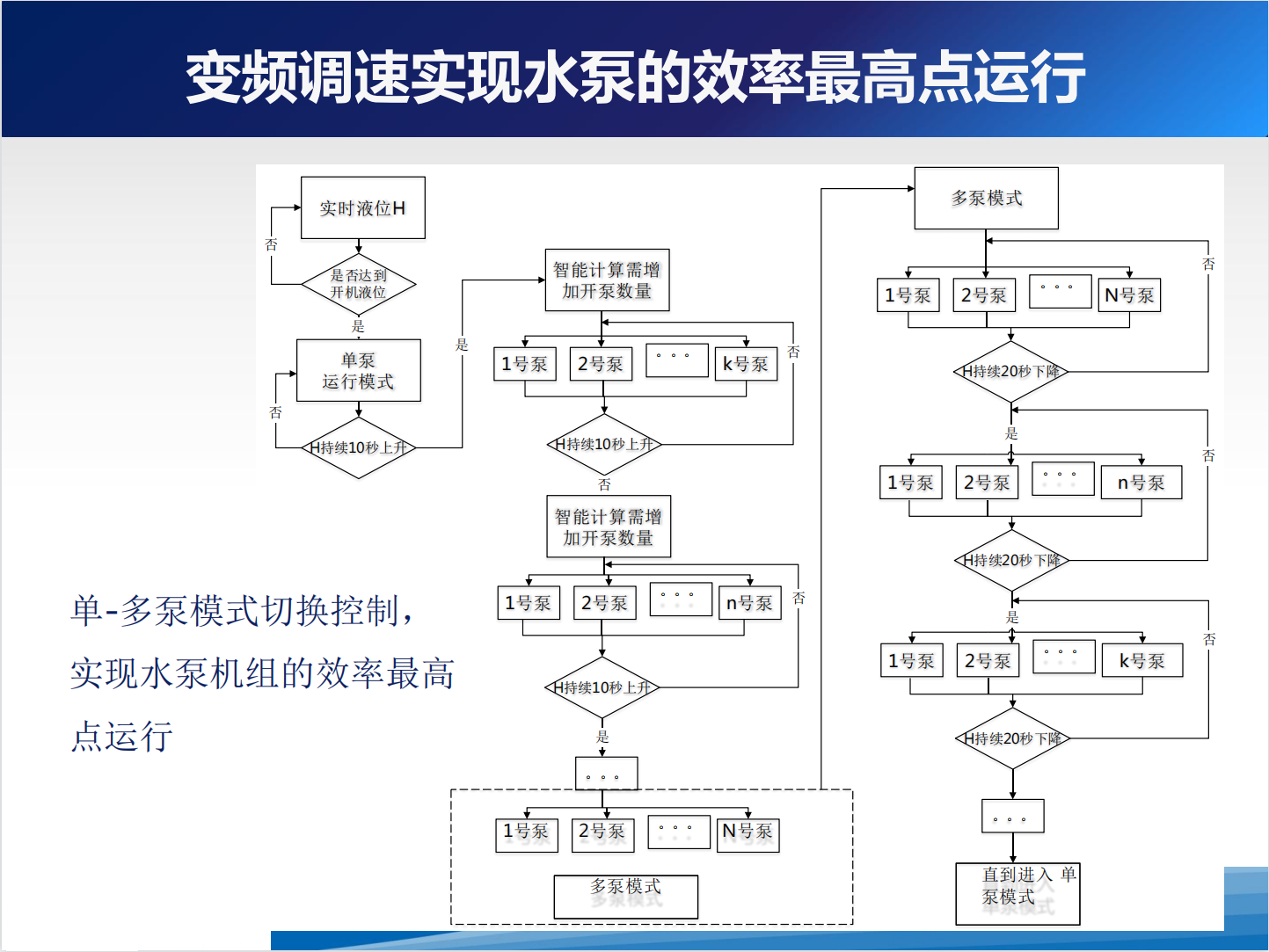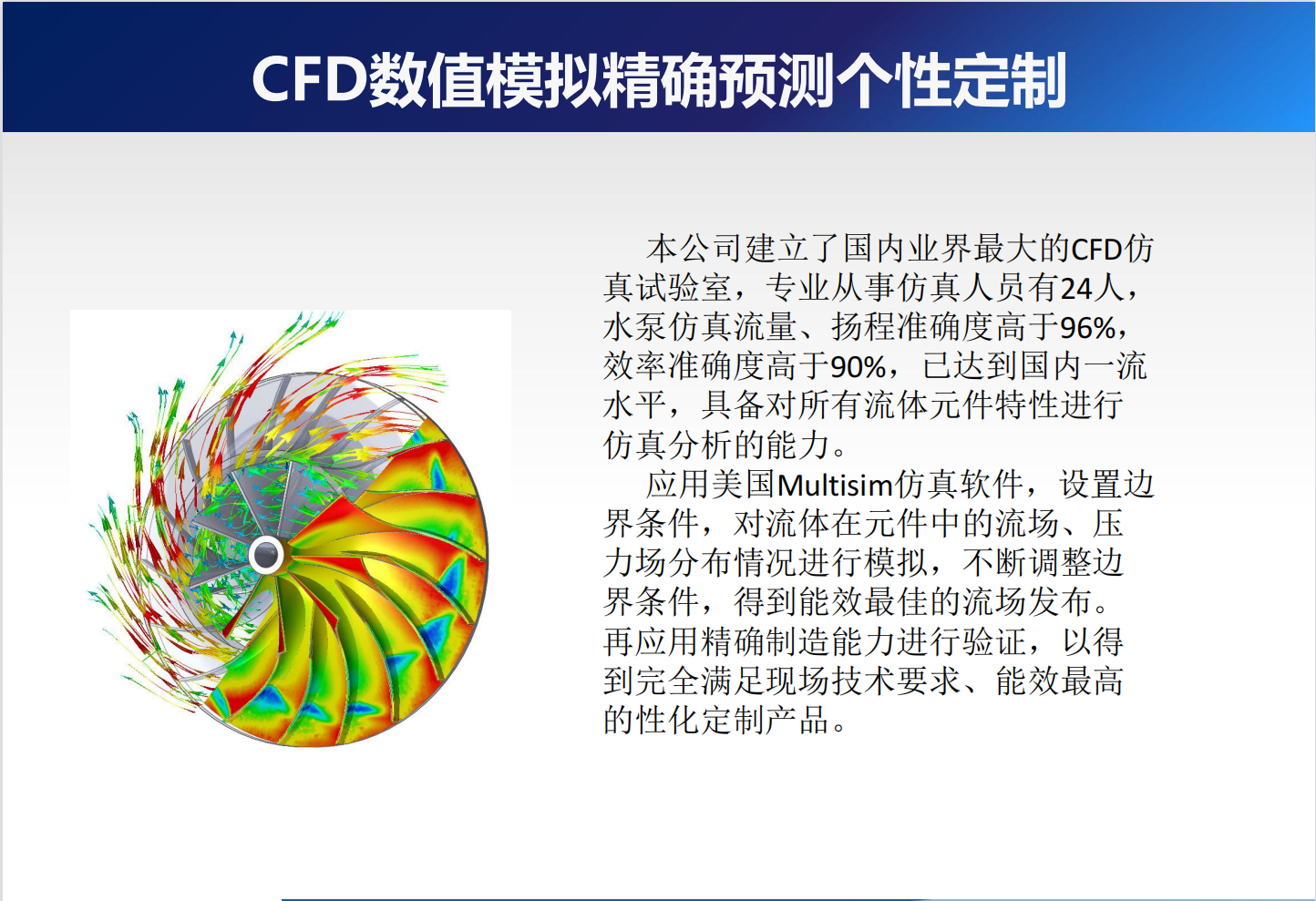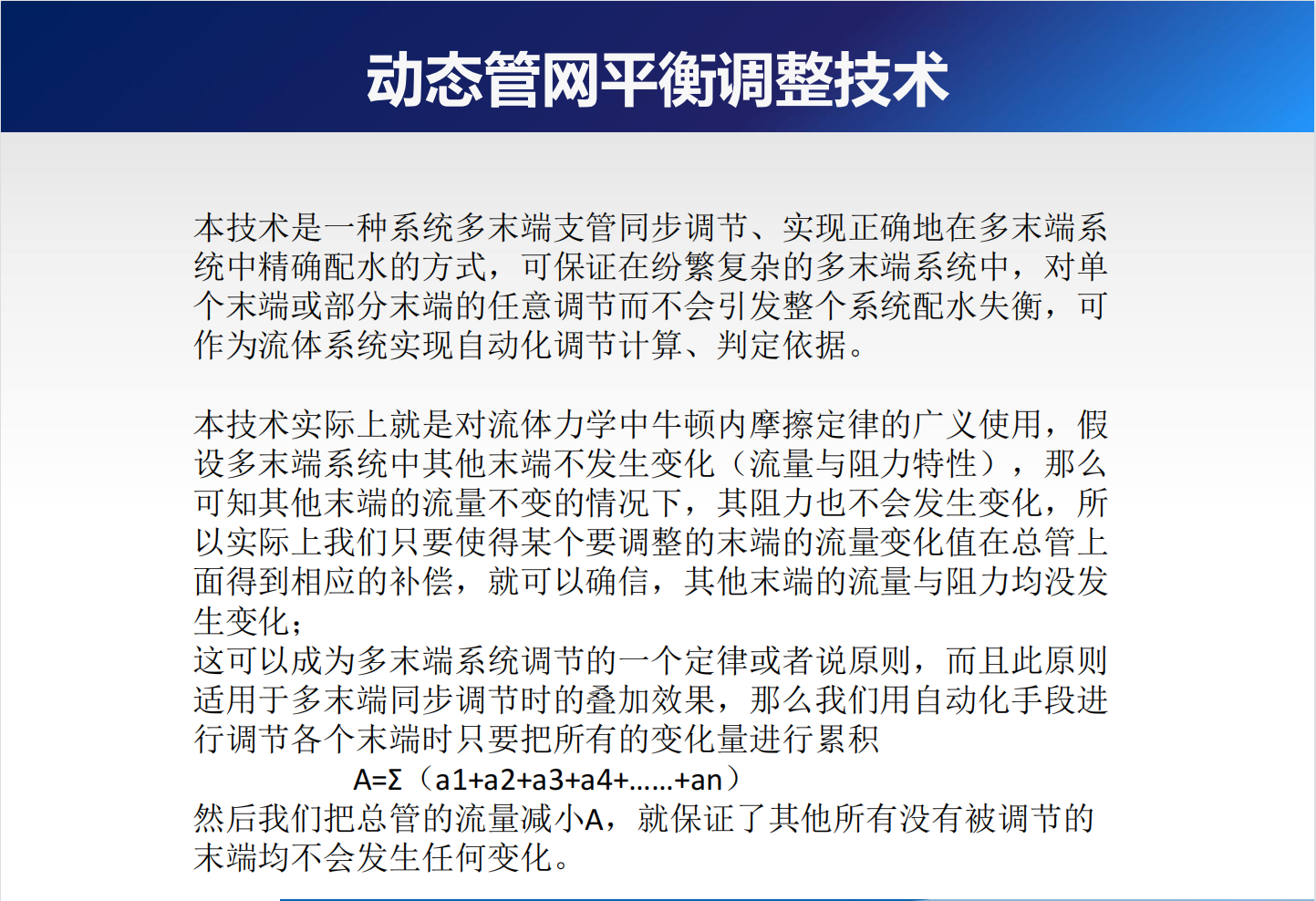Pump Energy Saving Retrofit
Demand for energy-saving control technology in the application field of water pumps
Water supply and drainage industry: water pump power consumption accounts for 70~80% of the total power consumption cost;
Printing and dyeing industry: Asynchronous motors are often used in conjunction with valve control. The flow rate of pumps varies greatly, and the effective power of pumps only accounts for 30% to 40%;
reason:
Most pump motors are in a constant speed state. In the actual operation process, changes in flow, head, etc. will cause the high-power system to drive the small-flow water supply, resulting in a "big horse-drawn cart", resulting in a lot of waste.
Many water supply and drainage pipelines use valves to control flow (throttle adjustment), which will increase pipeline resistance. When the motor is at rated speed, the valve opening and closing causes the energy consumption to increase.
The main energy saving methods at this stage
Energy saving of the pump itself: improve the efficiency of the pump itself and reduce the hydraulic loss in the pump (body design angle)
Energy saving of water pump system: pay attention to the matching of each component of the system, such as water pump, motor and its connection method, related accessories of the official website, etc. (system integration perspective)
Energy-saving operation of the water pump: according to the changes of flow, head and technological process, timely adjustment, so that the water pump and motor are still running under high-efficiency working conditions (control system perspective)
Frequency conversion speed regulation: high efficiency, wide speed regulation range, stepless speed regulation, it is an ideal speed regulation method for running pumps under variable working conditions.
Turning adjustment, variable angle adjustment: The adjustment range is limited.
